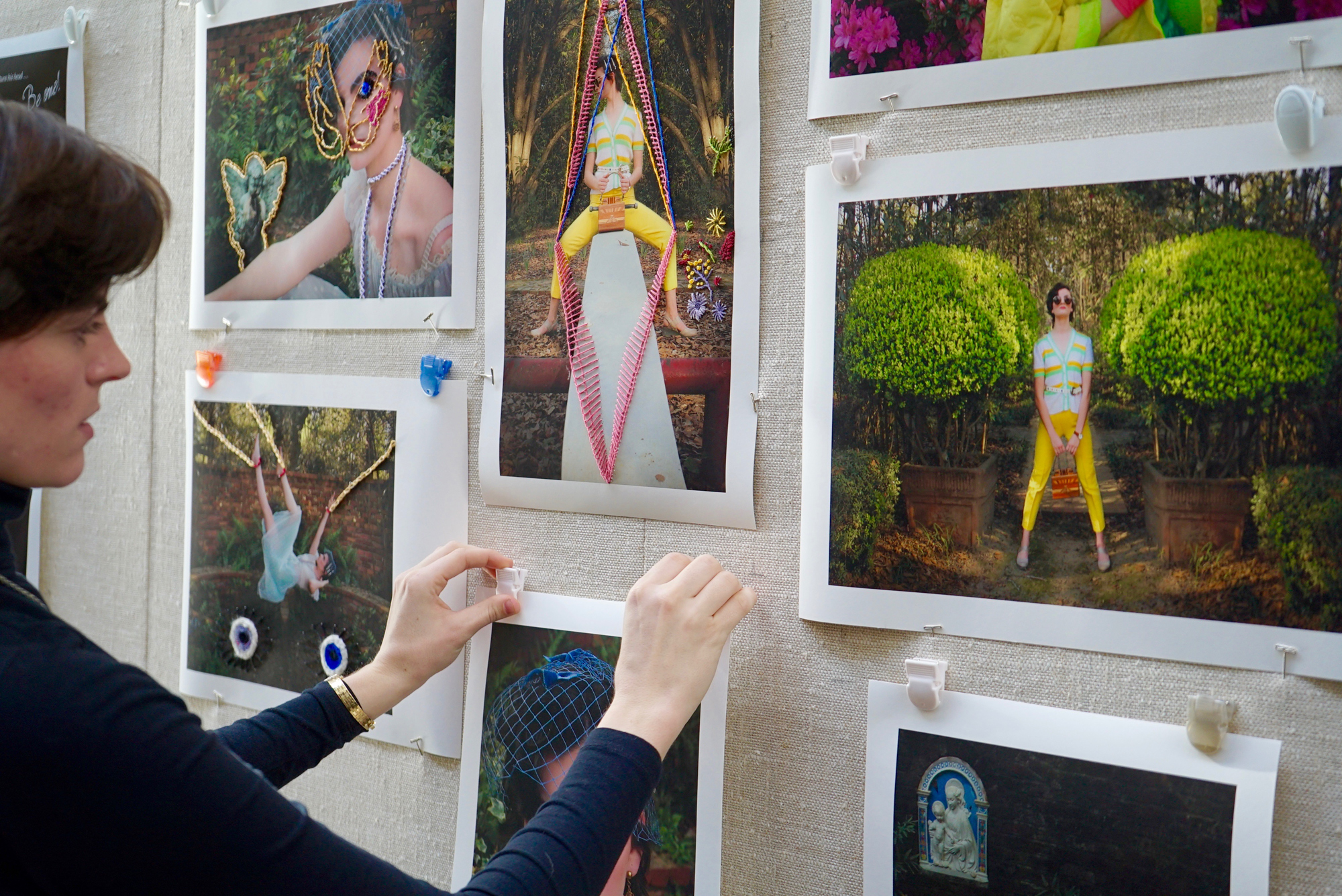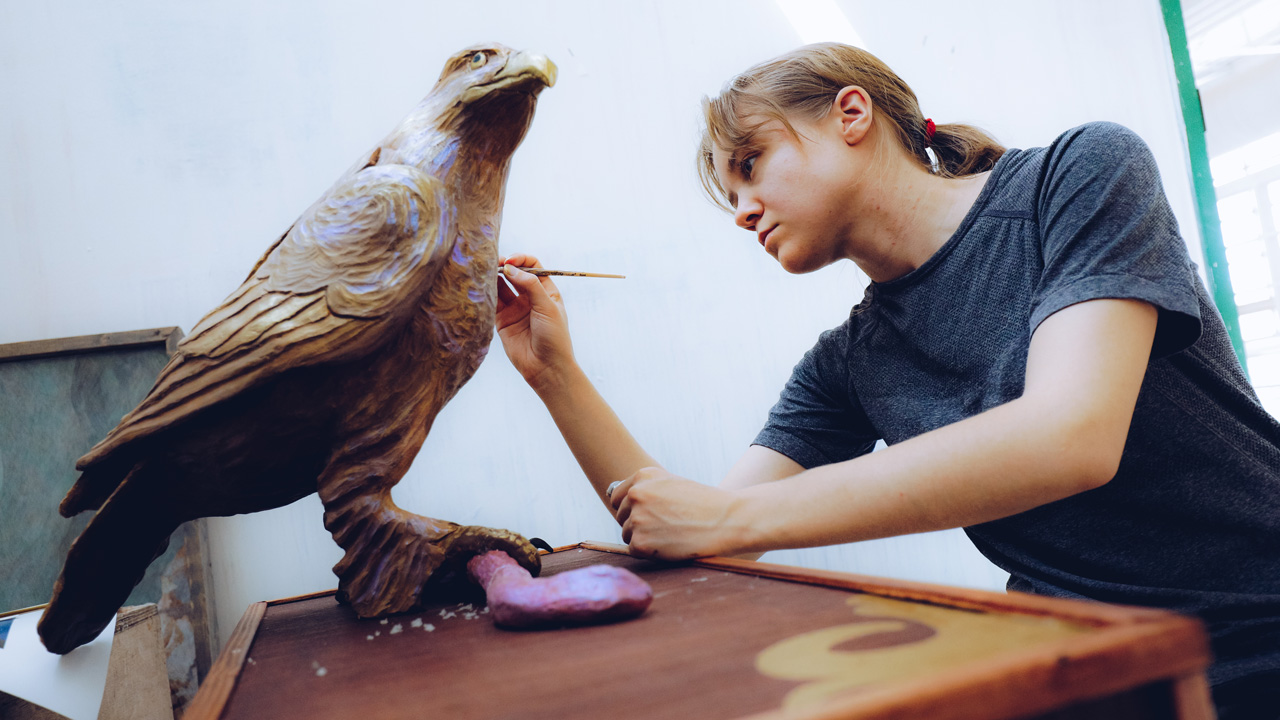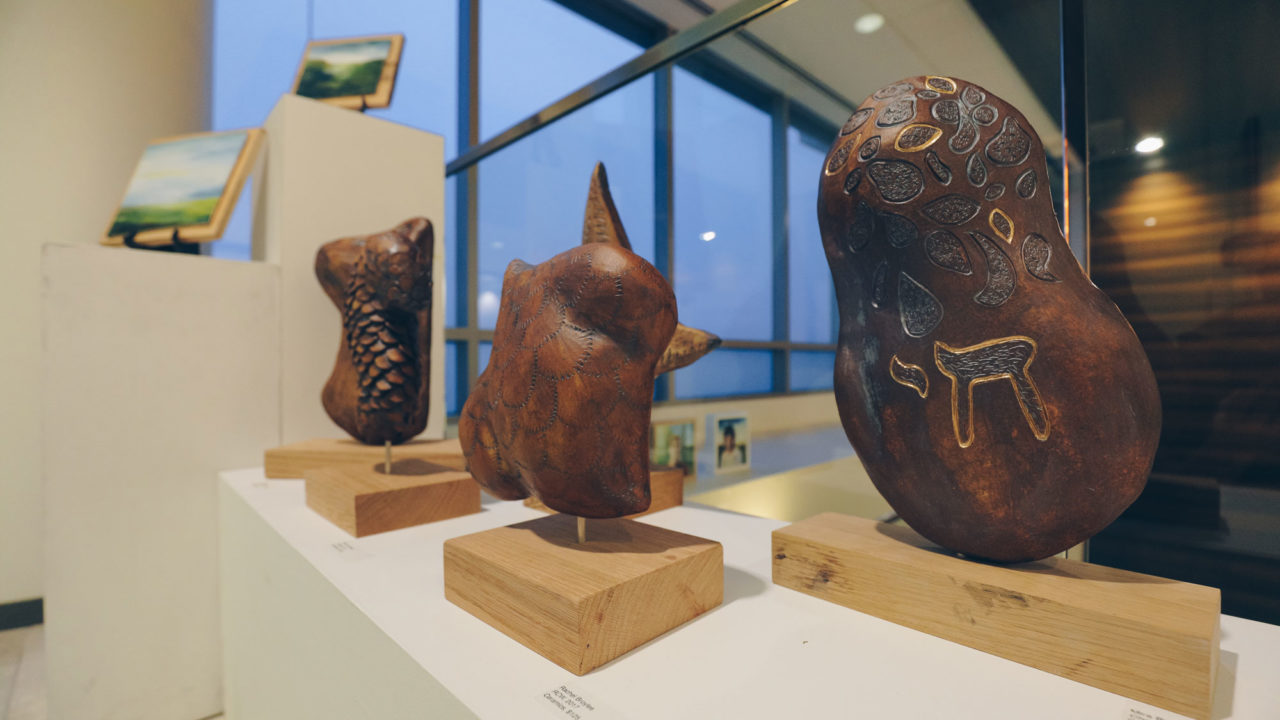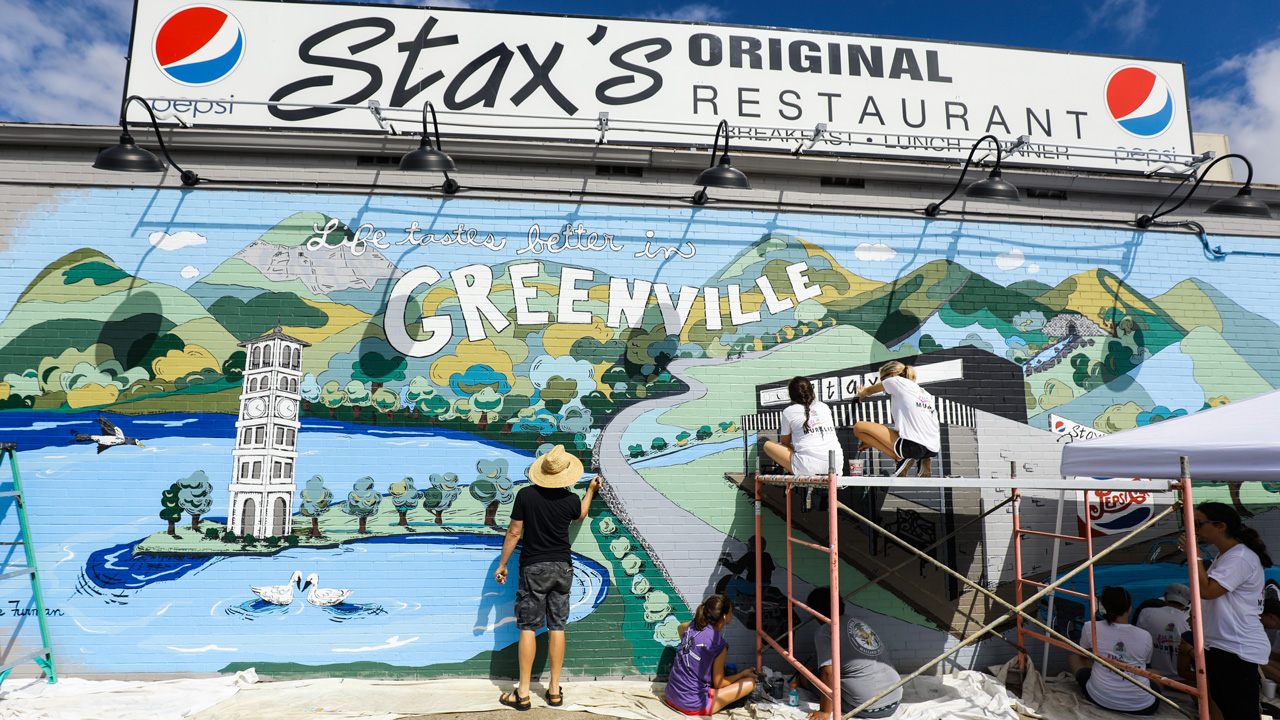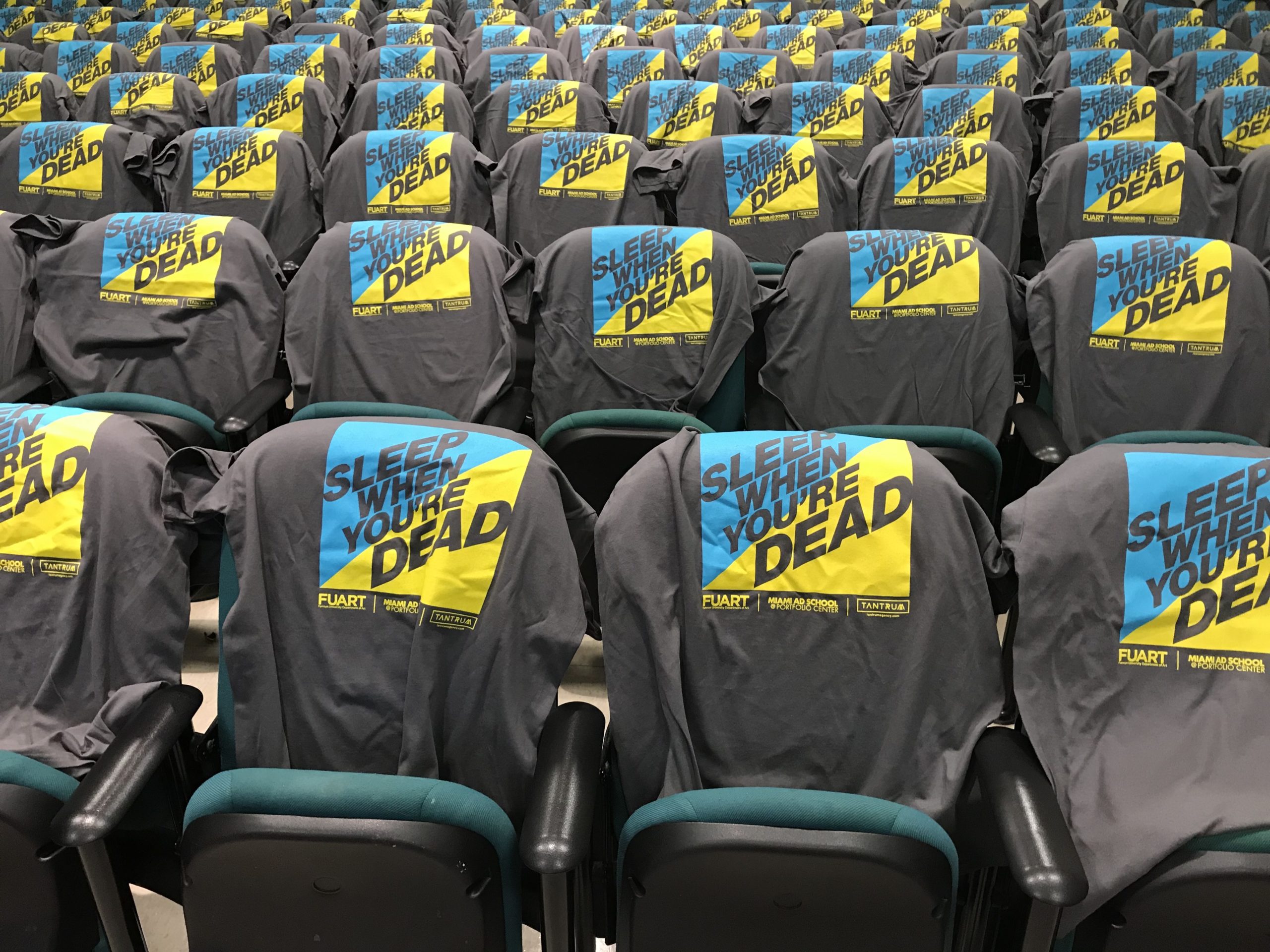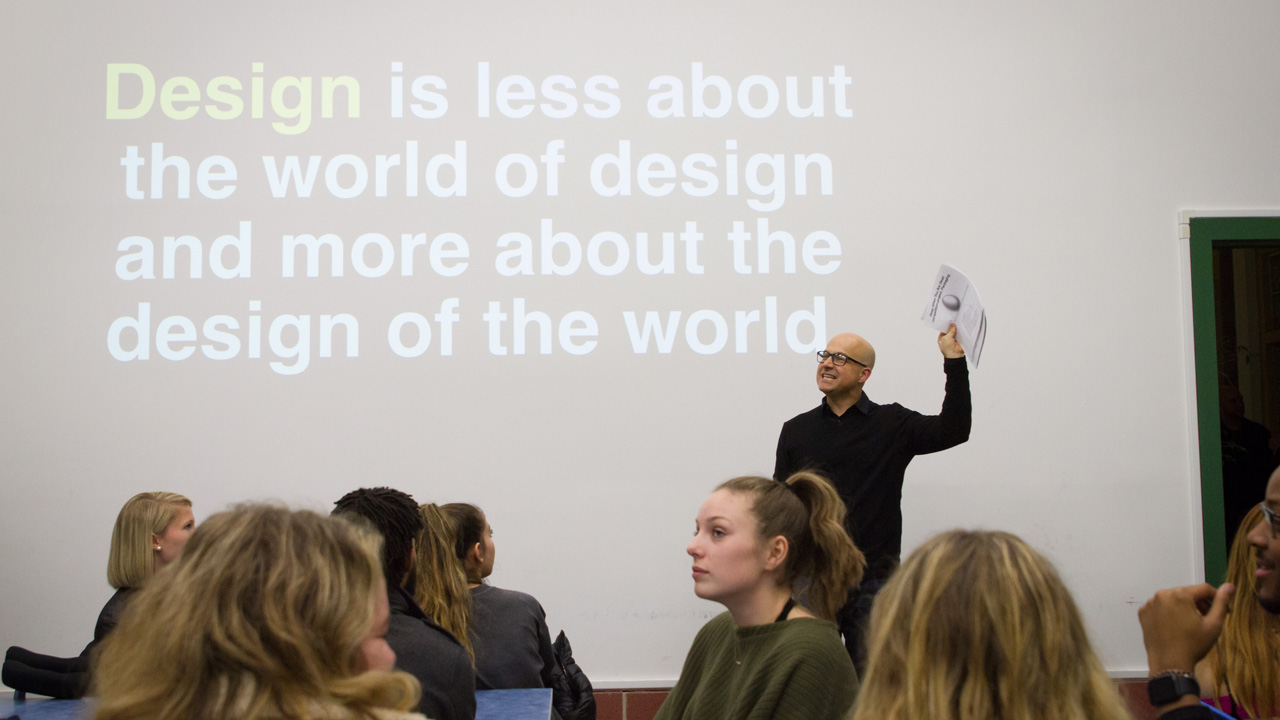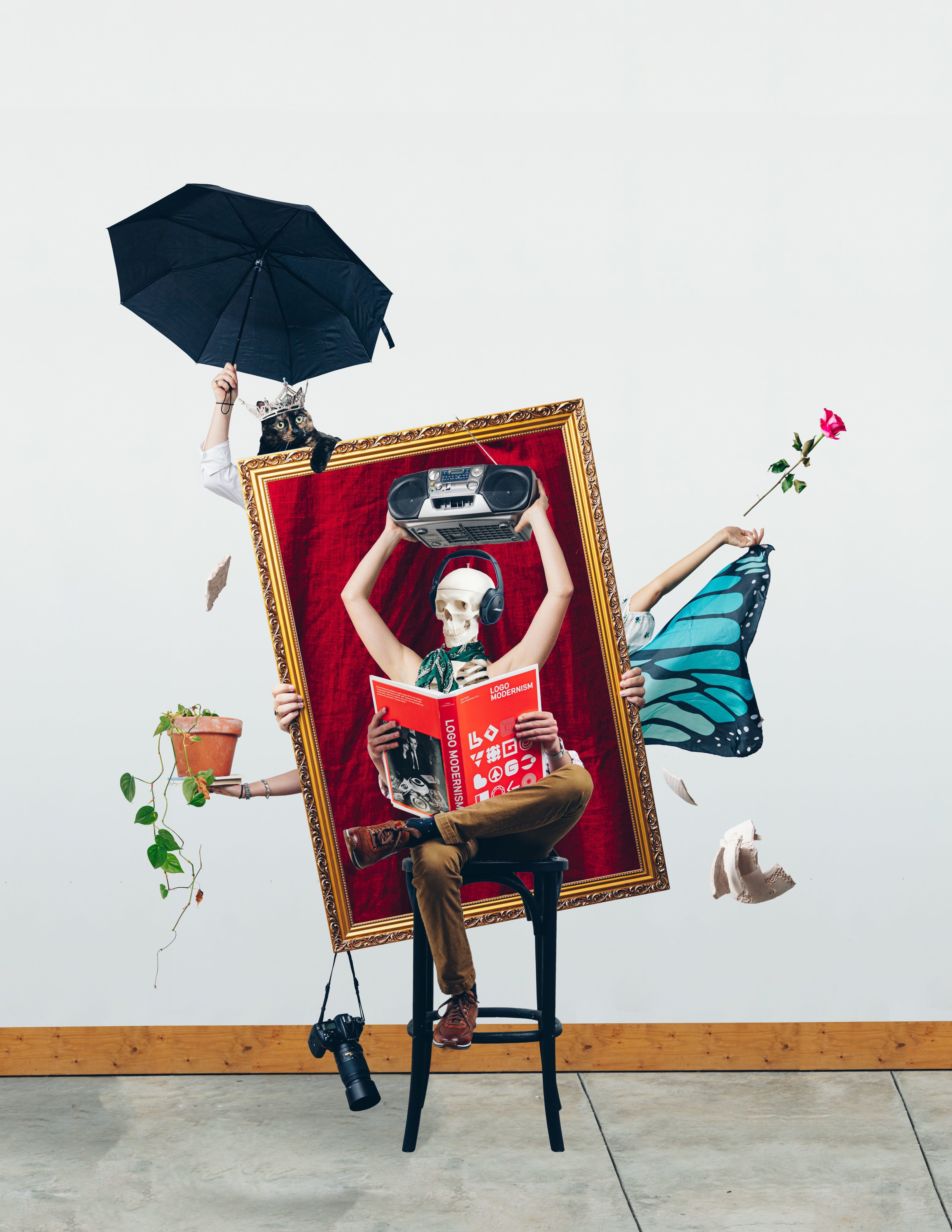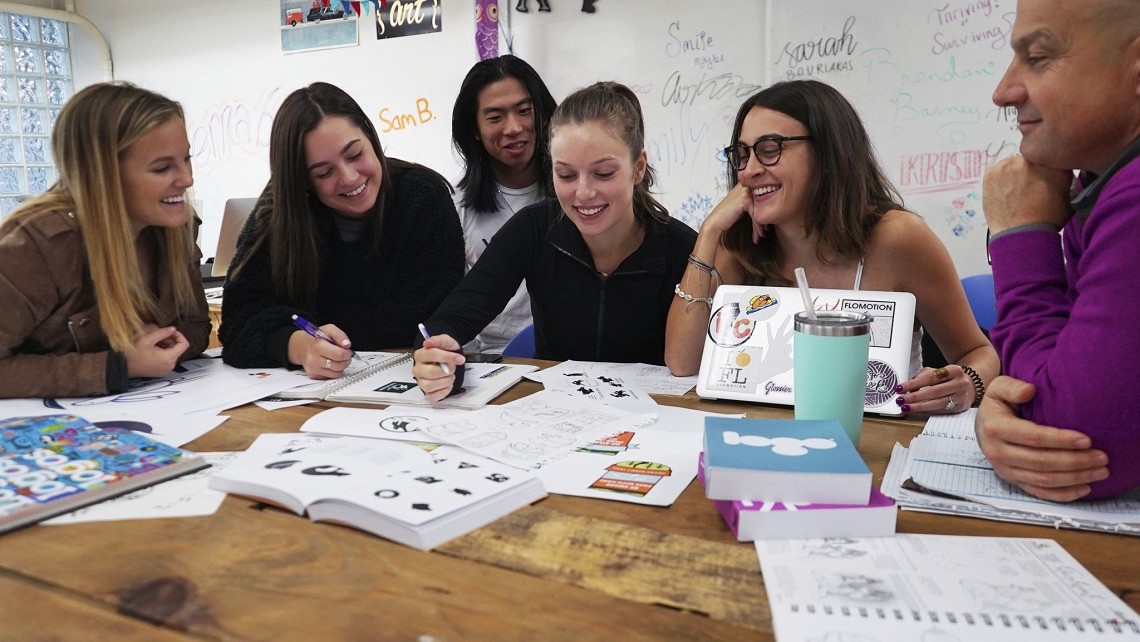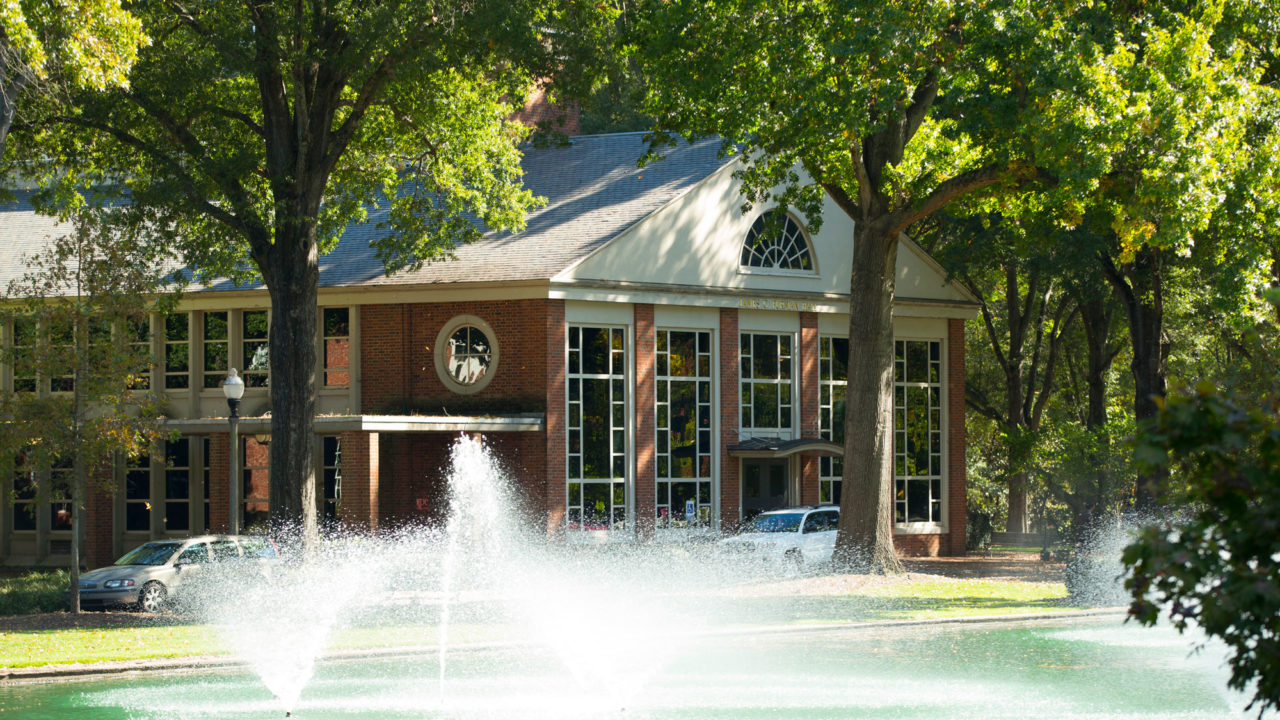The Furman Art Department is a vibrant collaborative environment that encourages creative innovation and entrepreneurship, analysis, making and reflection.
We are focused on developing interdisciplinary creative thinkers and problem-solvers who are adaptable and successful in their lives outside of Furman.
Our primary goal is to support, encourage and mentor students through their educational pathways while championing the Arts.
Department of Art and Art History Statement on Diversity, Equity and Inclusion
The faculty and staff in the Art Department at Furman University are committed to building a diverse, equitable, antiracist, and non-discriminatory environment in which all members are valued and supported. As a tool of creative expression, we believe that art, in study and practice, has the potential to connect people of diverse backgrounds because it explores aspects that are unique and integral to the human experience: imagination, memory, and identity formation. Artistic representations of all kinds embody personal and cultural beliefs, values, and ideology, and as such, we acknowledge and are actively working to dismantle the systemic injustices and prejudices that are often preserved and promoted through works of art and architecture. In our classes and departmental programming, we commit to bringing awareness to and amplifying the stories of individuals and communities who have been historically marginalized in academic scholarship, museum collections and exhibitions, and artists’ shows. We recognize that our core value of inclusive and equitable teaching requires the thoughtful inclusion of diverse perspectives that aim to combat harmful stereotypes and instill a sense of intrinsic self-worth, belonging, and resiliency in our students, staff, and faculty.
The Art Department is working to expand its curriculum and programming to bring new content and perspectives to our community. These steps have already begun to take place through the redesign of the art history curriculum, which now emphasizes cross-cultural connections across multiple chronologies in a global context. As we plan future gallery rotations and artist- in- residency opportunities, we are shaping these programs to better support university-wide initiatives aimed at enhancing the values of diversity, equity, and inclusion along with promoting anti-racist policies and practices across the campus, including Furman’s Task Force on Slavery and Justice.
